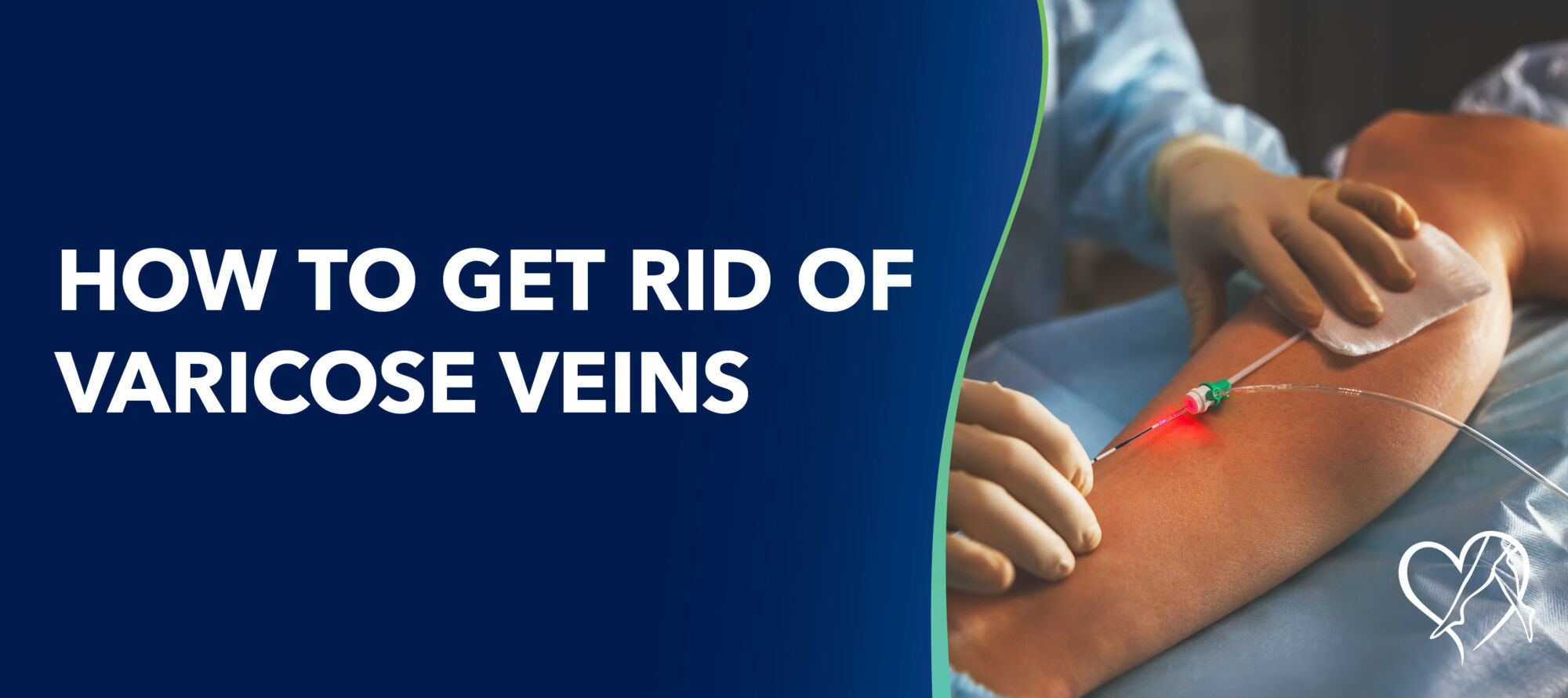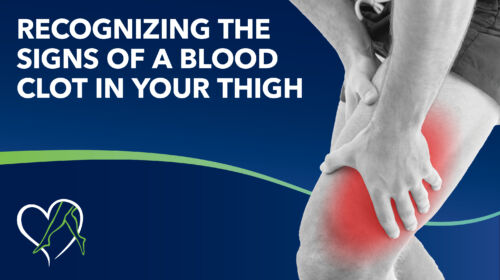

This blog stresses the importance of recognizing deep vein thrombosis (DVT) symptoms and risks, particularly in the thighs. It highlights the prevalence and mortality rates of DVT and pulmonary embolism (PE), underscoring the need for early detection. The article outlines common symptoms, risk factors, and preventive measures, concluding with a recommendation for prompt medical attention and introducing the Center for Vein Restoration's services. Overall, it emphasizes the critical role of early detection and professional intervention in addressing DVT.

Embrace an active winter to safeguard against varicose veins and maintain healthy legs! Learn about the connection between sedentary habits and vein issues, and explore proactive measures like exercise, weight management, and compression stockings. Discover enjoyable winter activities that promote vein health and seek professional care from Center for Vein Restoration for comprehensive support. Keep your veins happy this winter by using these tips to ensure healthy legs when shorts and dresses make their return.

Explore the evolution of vein stripping as a treatment for venous insufficiency, once considered a standard procedure but now largely replaced by minimally invasive and more effective treatment options. Dr. Nancy L. Harthun, a board-certified vein physician, discusses the drawbacks of vein stripping, including its invasiveness, scarring, long recovery times, and potential complications. Dr. Harthun highlights advancements in diagnostic tools and presents modern vein treatments such as endovenous ablation, sclerotherapy, endovenous glue closure, and compression therapy as superior options for managing venous insufficiency. The blog emphasizes the shift towards outpatient, minimally invasive procedures, providing a comprehensive overview of state-of-the-art vein treatments.

This blog explores two prominent endovenous ablation treatments for varicose veins: radiofrequency ablation (RFA) and laser vein ablation, also known as endovenous laser therapy (EVLT). Both procedures are minimally invasive and use heat to close the affected vein; however, they differ in their energy sources. Understanding these differences is helpful for patients who are considering undergoing one of these outpatient procedures to treat problem veins.

This blog provides a comprehensive overview of thrombosis, a serious medical condition characterized by the formation of blood clots in blood vessels or the heart. It covers the types of thrombosis, including venous and arterial, detailing causes, symptoms, risk factors, diagnosis, and treatment options. The article emphasizes the importance of prompt medical attention, especially for conditions like deep vein thrombosis (DVT) and pulmonary embolism (PE), which can lead to life-threatening complications.

Explore vein health with Dr. Mohamed T. Hassan, a certified vein doctor at Center for Vein Restoration (CVR) in Alabama. Learn about varicose veins and their link to venous reflux, which is the Improper functioning of the vein valves in the leg, causing swelling and skin changes. Dr. Hassan offers minimally invasive advanced treatment options. Discover the factors behind varicose vein development, symptoms, and preventive measures.

Discover the causes, symptoms, and risk factors of Pelvic Congestion Syndrome (PCS) beyond varicose veins in the pelvic region. Learn about PCS diagnosis, treatments like medication, pelvic floor therapy, and minimally invasive procedures. Center for Vein Restoration offers expert guidance and treatment options for PCS, ensuring a life free from chronic pelvic pain.

Learn about Center for Vein Restoration's innovative treatments, including Varithena, Ultrasound-Guided Foam Sclerotherapy, ClariVein, and Laser Ablation. Take control of your venous health with self-care tips and schedule a consultation at one of our 110+ clinics nationwide by calling 240-965-3915 or booking online.